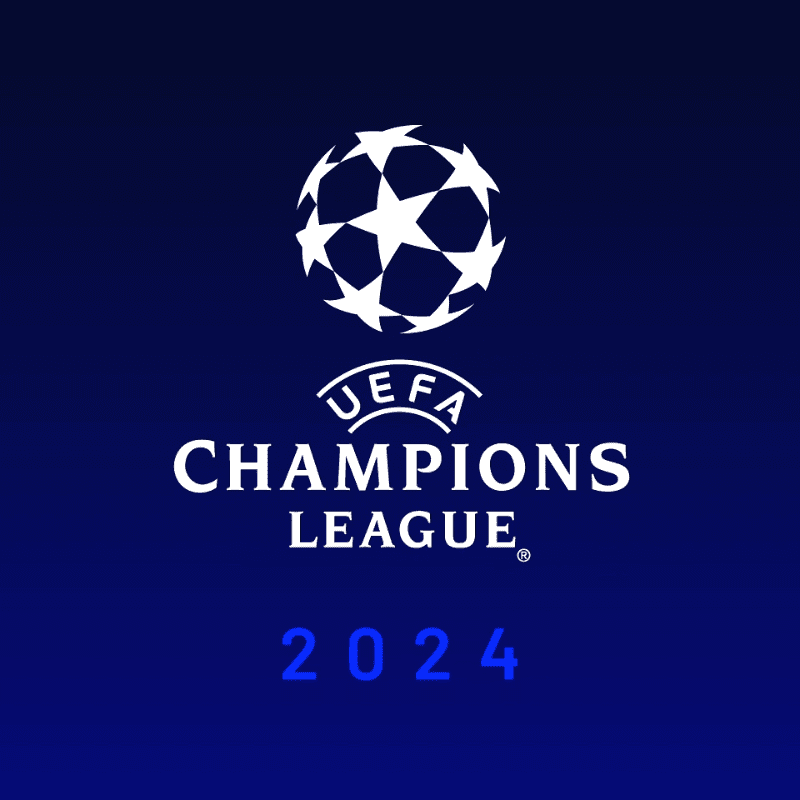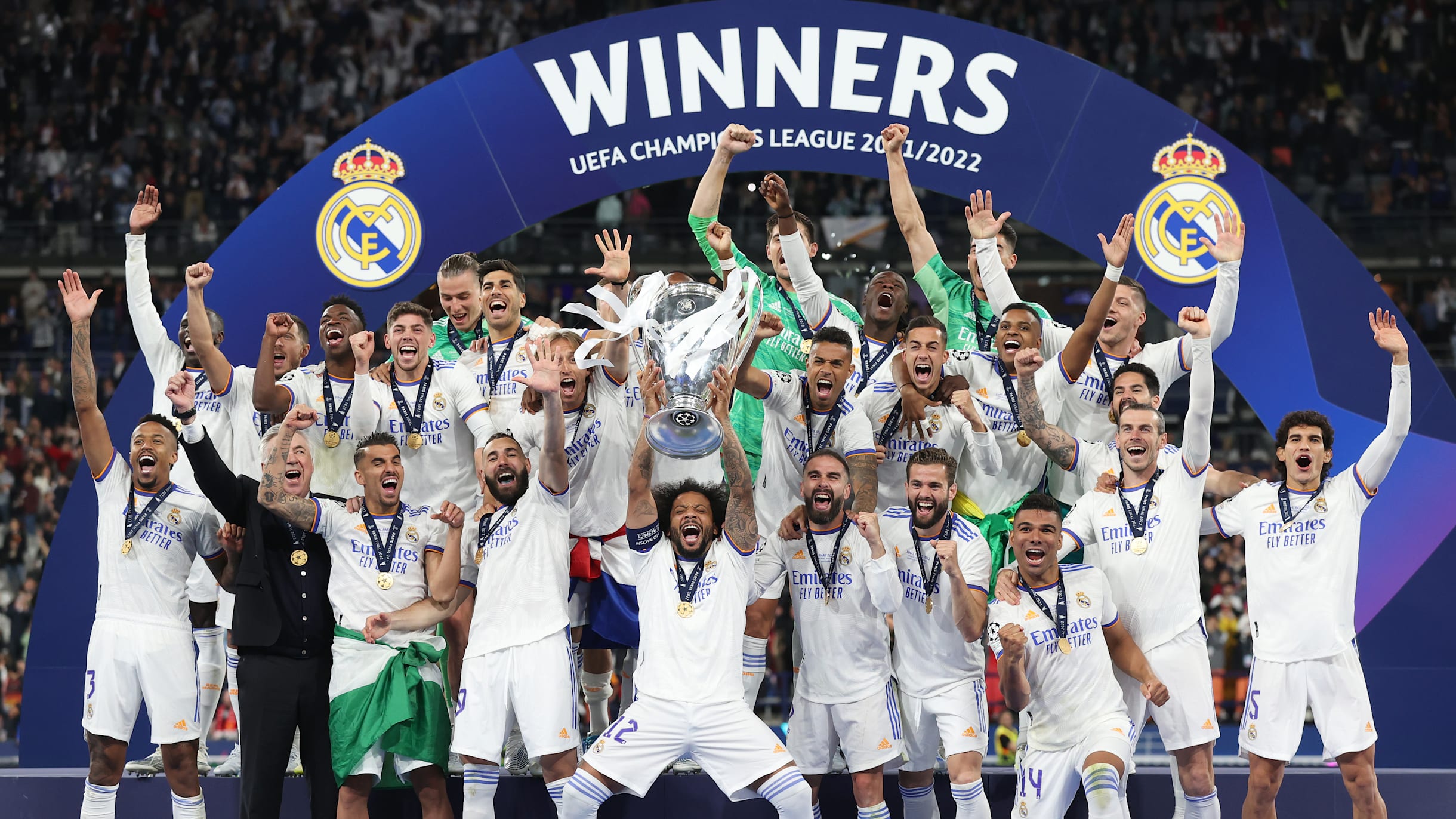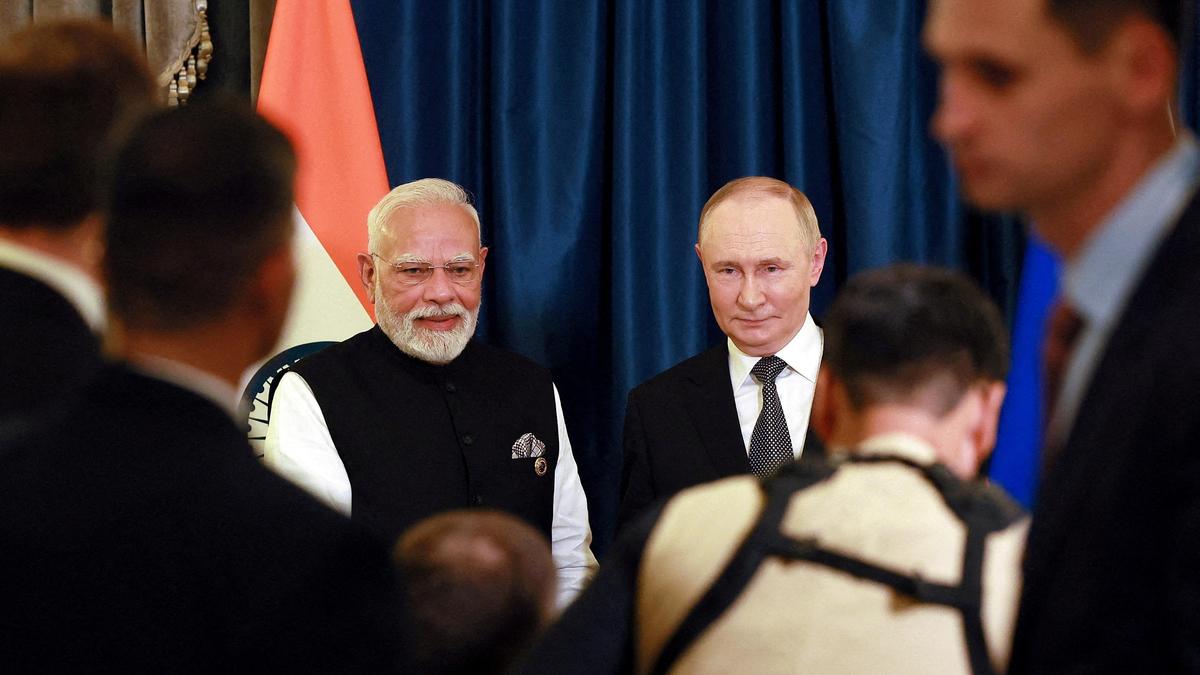UEFA Champions League – From Elite Beginnings to Global Spectacle:
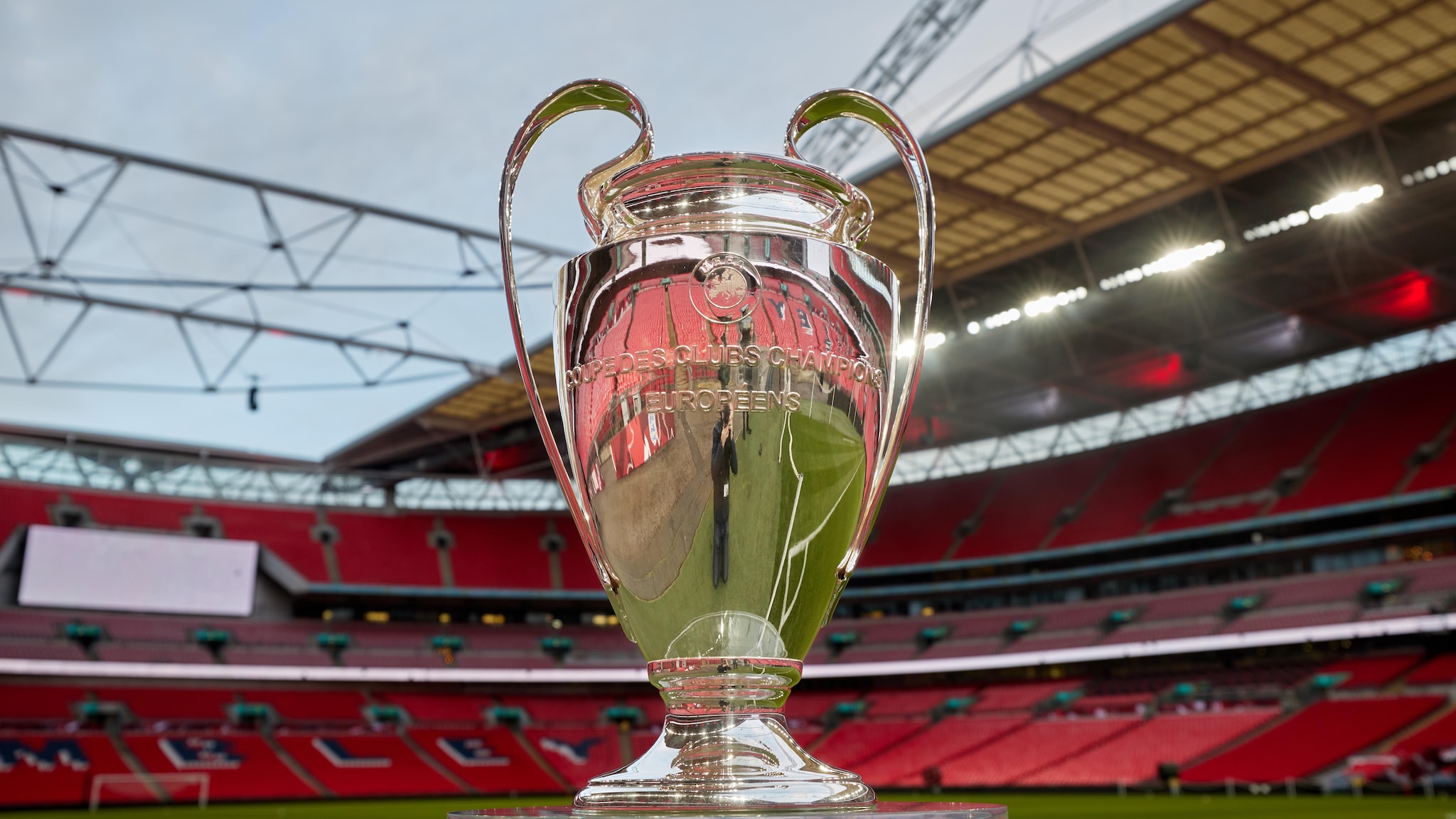
The UEFA Champions League, born in 1955 as the European Cup, has captivated football fans worldwide for over six decades. Initially featuring just the reigning champions of European leagues, it has transformed into a global juggernaut encompassing the continent’s elite clubs. This blog delves into the competition’s rich history, iconic moments, and cultural impact, while also acknowledging its controversies and exploring its potential future.
The Golden Age of Giants:
The early years were dominated by legendary clubs like Real Madrid, who secured a staggering five consecutive victories from 1956 to 1960. Players like Alfredo Di Stéfano and Ferenc Puskás became synonymous with the competition’s attacking, high-scoring character. AC Milan, Inter Milan, and Ajax emerged as fierce rivals, creating epic clashes that resonated through generations.
Beyond the Scoreboard: Culture and Controversy:
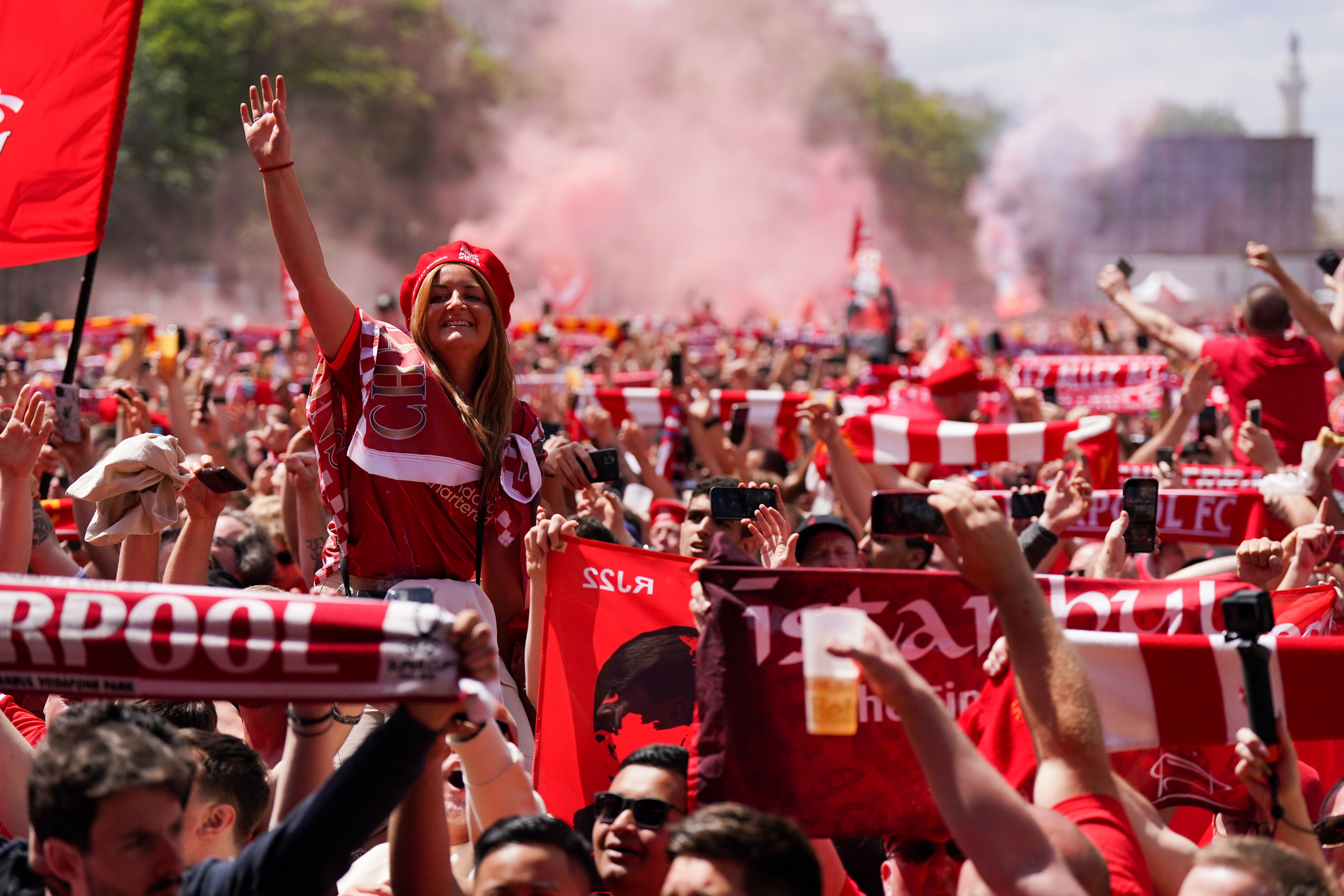
While the on-field battles captivated audiences, the Champions League also sparked cultural trends. The competition’s anthem, instantly recognizable to millions, became a rallying cry for fans. Fashion was influenced by iconic teams and their kits, while documentaries and songs celebrated its legends. However, controversies arose, such as the Hillsborough disaster in 1989, highlighting the need for improved safety measures.
Champions League’s Transforming Landscape: Expansion and New Faces:

As the competition expanded, smaller clubs like Borussia Dortmund and Nottingham Forest defied the odds to win, demonstrating the beauty of the underdog narrative. Eastern European powerhouses like Dynamo Kyiv and Steaua Bucharest added further diversity, shaping a more competitive landscape. However, concerns around financial disparities and accessibility for smaller clubs began to emerge.
Enter the Entertainers: A Tactical Shift:

The late 20th century saw a tactical shift. AC Milan’s “catenaccio” defense prioritized solidity over flair, while Manchester United’s “Class of ’92” blended youth and experience to devastating effect. The competition continued to attract global superstars like Zinedine Zidane and Luís Figo, whose individual brilliance captivated audiences despite a more tactical approach.
Modern Era: Attacking Prowess and Global Reach:
The turn of the millennium ushered in a new era of attacking football. The “Galacticos” era of Real Madrid, featuring Ronaldo, Zidane, and Figo, prioritized offensive power. Barcelona’s tiki-taka under Pep Guardiola redefined possession-based play, while Lionel Messi’s individual brilliance enthralled millions. The competition’s global reach expanded, with clubs from Russia, China, and the Middle East investing heavily, raising both excitement and concerns about financial imbalances.
Memorable Finals and Cultural Landmarks:
The Champions League has produced some of football’s most iconic moments. The dramatic Istanbul comeback by Liverpool against AC Milan in 2005, the all-Spanish clash between Real Madrid and Barcelona in 2009, and the thrilling penalty shootout between Chelsea and Bayern Munich in 2012 exemplified the competition’s drama and captivating narratives. These finals transcended the sport, becoming cultural touchstones that cemented the Champions League’s place in popular culture.
Beyond the Pitch: From Fashion to Finance:

The Champions League’s cultural impact extends far beyond the final whistle. The competition has influenced fashion trends, with iconic kits replicated by fans worldwide. Documentaries like “Sunderland ‘Til I Die” and “All or Nothing: Tottenham Hotspur” offer behind-the-scenes glimpses, generating new waves of fandom. However, financial controversies surrounding club ownership, sponsorship deals, and ticket prices highlight the need for ethical considerations alongside entertainment.
Questions about format, accessibility, and financial disparity loom large:
Expanding Horizons: Proposals for further expansion, potentially including 48 teams, raise concerns about diluting prestige and competitiveness. Ensuring accessibility for smaller clubs and fostering a balance between financial powerhouses and emerging talents remain crucial challenges.
Tech Revolution: Technological advancements promise exciting possibilities. Immersive viewing experiences, data-driven analysis, and enhanced fan engagement through social media offer new ways to connect with the competition. However, ethical considerations regarding data privacy and the potential for a technology gap between clubs must be addressed.
Financial Fair Play and Ethical Considerations: Financial Fair Play regulations aim to curb excessive spending, but concerns remain about their effectiveness. Balancing competitive ambition with financial sustainability and ethical ownership structures is crucial for the competition’s long-term health.
Champions League 2024 – A Legacy of Drama and Enduring Passion:

The UEFA Champions League’s journey from its elite European roots to its global spectacle status is a testament to its enduring appeal. Despite controversies and challenges, the competition continues to captivate fans worldwide, inspiring dreams, igniting rivalries, and shaping footballing narratives. As it ventures into its future, navigating the complexities of expansion, technology, and financial considerations, the Champions League’s commitment to sporting excellence, cultural impact, and responsible development will be key to securing its lasting legacy.


